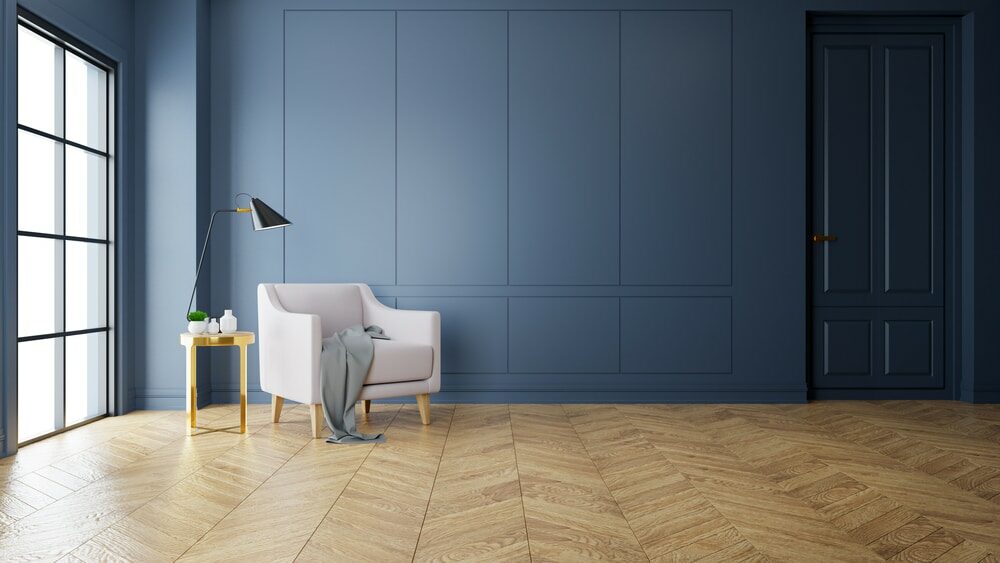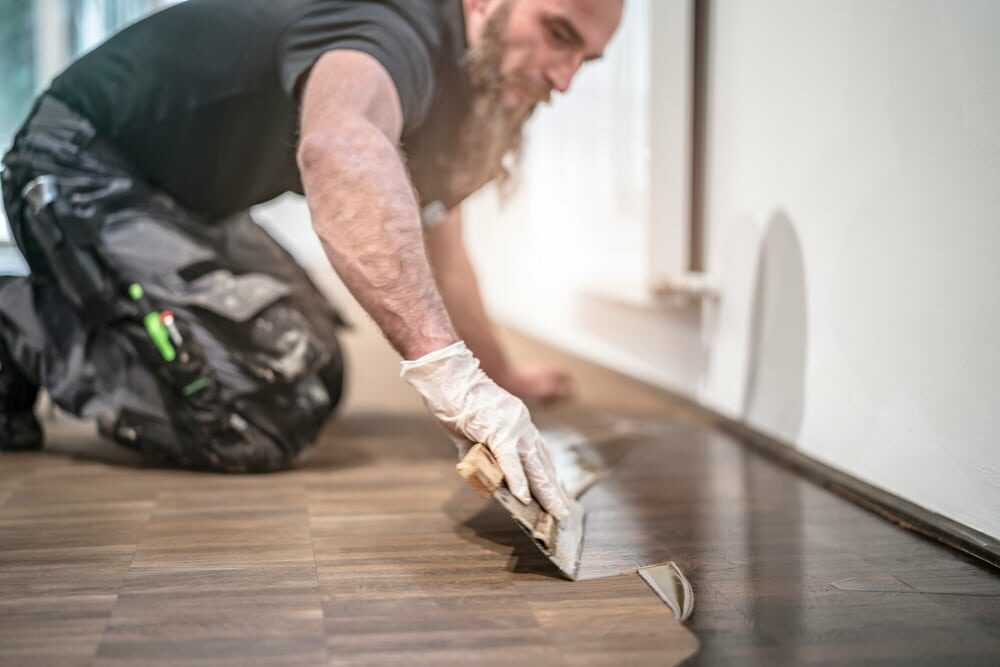London:
Nationwide:
Unraveling the Art of Fine Wood Floor Sanding | Detailed Guide
Posted on May 31, 2023
Floor Sanding News
The Art of Fine Wood Floor Sanding: A Comprehensive Guide
Wooden flooring represents an investment in timeless elegance, adding character and warmth to any home. However, maintaining its charm and durability requires skill, knowledge, and an appreciation of fine craftsmanship, especially when it comes to wood floor sanding. In this article, we explore the art of fine wood floor sanding, delving into its intricacies, techniques, and nuances to help you understand this crucial aspect of wood floor restoration.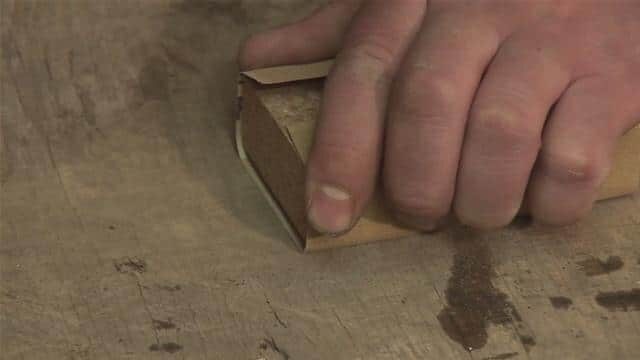
Understanding the Basics of Wood Floor Sanding
Sanding is an essential part of wood floor restoration. This process involves the removal of the uppermost layer of the wooden floor using a sanding machine. The primary aim of sanding is to eliminate scratches, dents, and imperfections, creating a smooth and even surface. Besides enhancing the floor’s appearance, sanding also provides a clean canvas for applying a fresh layer of finish, which helps protect the wood and extend its lifespan.The Importance of Fine Wood Floor Sanding
Fine wood floor sanding is more than a mere step in restoration; it is an art form in itself. The sanding process requires a blend of technical skill, precision, and an understanding of the wood’s properties. A well-executed sanding job can highlight the wood’s grain and character, while a poorly done job can leave visible scratches or cause irreparable damage. Therefore, an appreciation of the art of fine wood floor sanding is crucial for anyone looking to maintain their wooden floors’ beauty and integrity.The process of wood floor sanding
Wood floor sanding is usually a three-step process:- Coarse Sanding: This is the first and most aggressive sanding stage. Using a coarse-grit paper, the goal is to remove old finishes and major surface imperfections. It’s essential to move the sanding machine steadily and consistently to prevent gouges and unevenness.
- Medium Sanding: Once the old finish has been removed, the floor is sanded again with medium-grit paper to remove scratches left by the coarse-grit paper and further smooth the surface.
- Fine Sanding: The final sanding stage uses fine-grit paper to create a smooth and flawless surface, ready for the application of the finish.
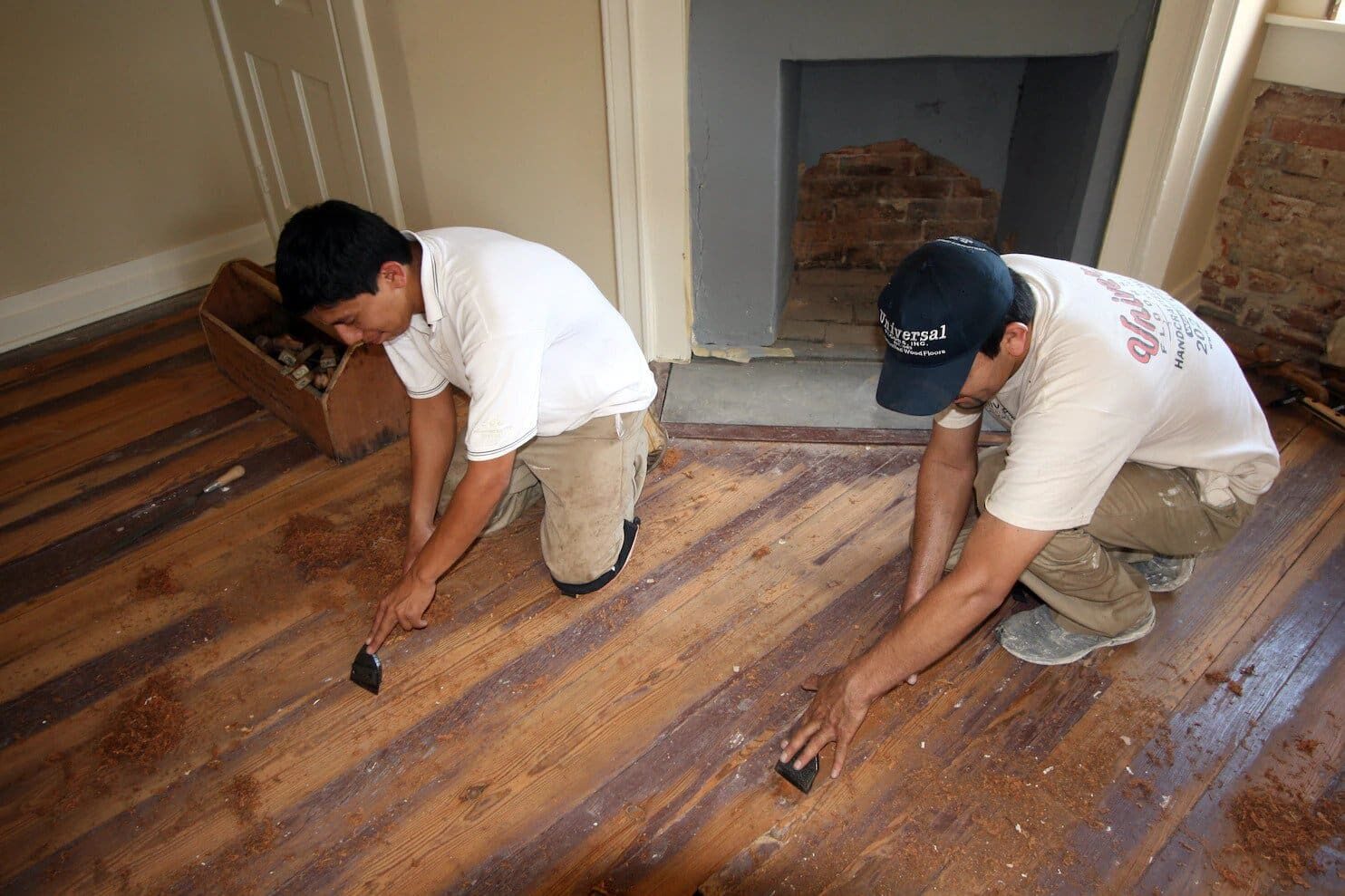
Tools and Techniques: Mastering the Art
The art of fine wood floor sanding involves an understanding of various tools and their usage. Key sanding tools include drum sanders, edgers, and orbital sanders. While drum sanders are used for sanding the main floor area, edgers are used for corners and other hard-to-reach areas. An orbital sander is often used for the final fine sanding stage, as it’s less aggressive and provides a smoother finish. The techniques used can vary based on the type of wood, its grain pattern, and the level of damage or wear. However, a general rule is to sand along the grain, not against it, to prevent scratches that can mar the wood’s appearance.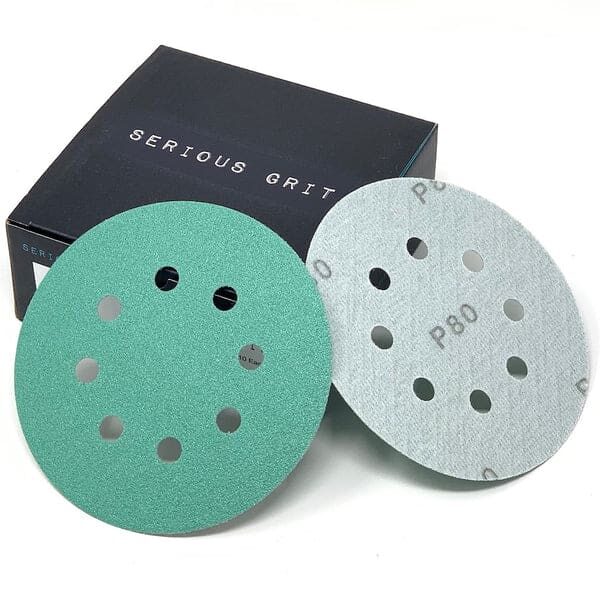
Sanding different types of wood floors
Different types of wood floors require different sanding approaches. For instance, hard woods such as oak and ash can withstand more aggressive sanding, while softer woods such as pine require a more cautious approach to avoid causing damage. Additionally, parquet and herringbone floors, due to their grain running in multiple directions, demand a more skilled sanding approach to achieve a flawless finish.The Challenges and Solutions of Wood Floor Sanding
One of the significant challenges of wood floor sanding is dealing with uneven floors or warped boards. In such cases, additional care must be taken to level the floor before proceeding with the regular sanding process. Another challenge is dust management. Sanding wood floors can generate a considerable amount of dust, which can affect indoor air quality and also interfere with the quality of the final finish. Professional sanders often use dust extraction systems, which greatly reduce the dust produced during sanding. Residual scratches are another common issue in wood floor sanding. These can occur due to improper sanding techniques or grits not being changed progressively. Ensuring each sanding stage has thoroughly removed the scratches from the previous stage before moving to finer grits can prevent this problem.Safety Measures in Wood Floor Sanding
Wood floor sanding, though fulfilling, requires several safety precautions. Wearing safety goggles, a dust mask, and ear protection is crucial to protecting oneself from wood dust and noise from the sanding equipment. Additionally, ensuring the room is well-ventilated can help disperse dust and reduce the risk of respiratory irritation.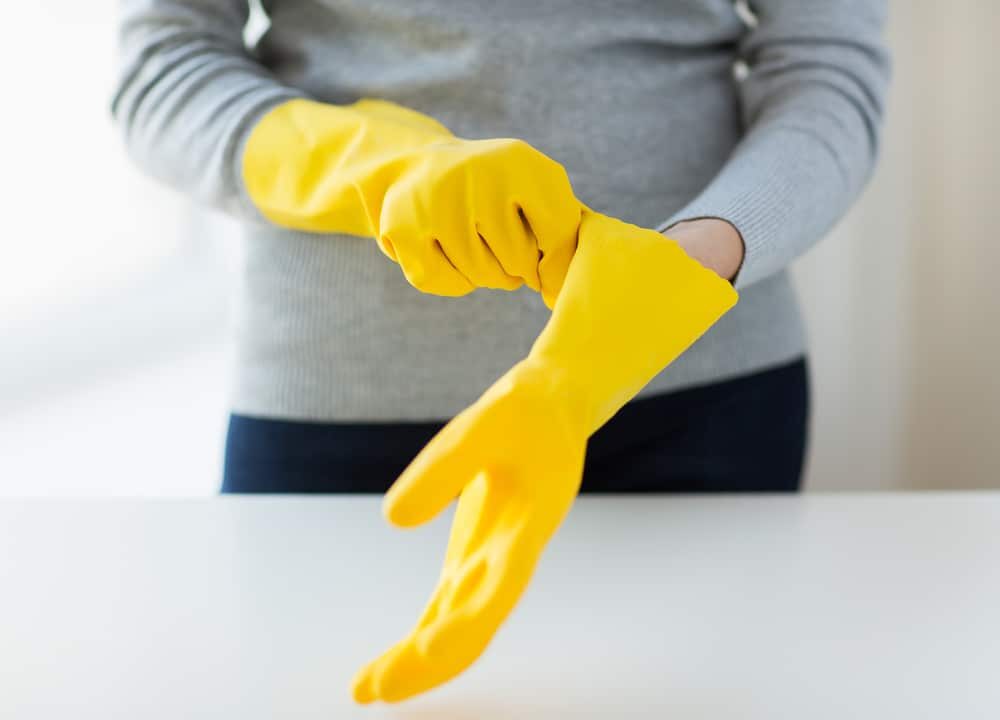
The Finishing Touch: Refinishing After Sanding
Once the sanding process is complete, the floor is ready to be refinished. This involves the application of a sealant, stain (if desired), and finish, which protect the wood and enhance its natural beauty. The choice of finish, whether oil-based or water-based, matte or glossy, can greatly impact the final look of the floor and should be chosen with care.The Role of Professionals in Fine Wood Floor Sanding
While some homeowners might be tempted to undertake sanding as a DIY project, the art of fine wood floor sanding often requires a professional touch. Professionals not only possess the right skills and tools but also understand the intricacies involved in the process. Their expertise can ensure a well-sanded floor that reflects true craftsmanship.
Conclusion
The art of fine wood floor sanding plays a critical role in maintaining the aesthetic and functional qualities of your wooden floors. By understanding the process, tools, techniques, and challenges involved, homeowners can appreciate this art form more deeply and make informed decisions about their floor’s care and maintenance. Remember, a finely sanded and well-finished wooden floor is a joy to behold. It’s a reflection of the beauty and charm of wood, a tribute to skilled craftsmanship, and a testament to the care and respect accorded to it by its owner. With the right approach to wood floor sanding, your wooden floor can continue to be a cherished feature of your home, telling its own unique story of warmth, elegance, and timeless appeal. Embrace the art of fine wood floor sanding, and let your floors shine with renewed grace and splendor. Happy sanding!Some Useful Links:
- Floor Sanding Services
- School Floor Sanding
- Wood Floor Restorations
- Wood Floor Repairs
- Wood Floor Polishing
More from our Blog:
Sanding Wood Floors: Demystifying Common Queries Care for Your Wooden Floors | The Ultimate Maintenance Guide Wood Floor Staining: Techniques, Tips, and Benefits Explained Mastering Hardwood Floor Sanding: Wood Mr Sander® London Restore Your Hardwood Floor with a Floor Sanding Expert Company in London
Get more floor restoration advice…
Sanding
We provide virtually dust-free sanding with our continuous belt machinery with mobile extraction units, giving you a safer environment for your family.
Oiling
This organic finish not only adds beauty to your home but also has exceptional water-repellent characteristics, making it easier to clean and maintain.
Waxing
This natural floor finish offers the softest and most mellow appearance – and leaves your floor able to breath.
Buffing
Using soft buffing machines (and hand-polishing where required) will bring a wonderful sheen to your newly-finished floor.
Repairs
We offer a full assessment of your wooden floors to determine what repairs are needed to provide the perfect working surface for the later stages of sanding, staining and sealing.
Restoration
We offer a comprehensive restoration process designed to address floors that are improperly fitted or damaged over time through wear and tear.
Request a fixed price quote for your wood floor restoration now
Simply enter your postcode below to get started.
Services
Wood Floor Sanding Wood Floor Restoration Wood Floor Scratch Repair Squeaky Wood Floor Repair Parquet Floor Sanding Parquet Floor Restoration Commercial Floor Sanding School Floor Sanding Gap FillingCopyright © Mr Sander®
Privacy & Cookies Terms & Conditions Complaints Procedure Cancellation Rights Sitemap